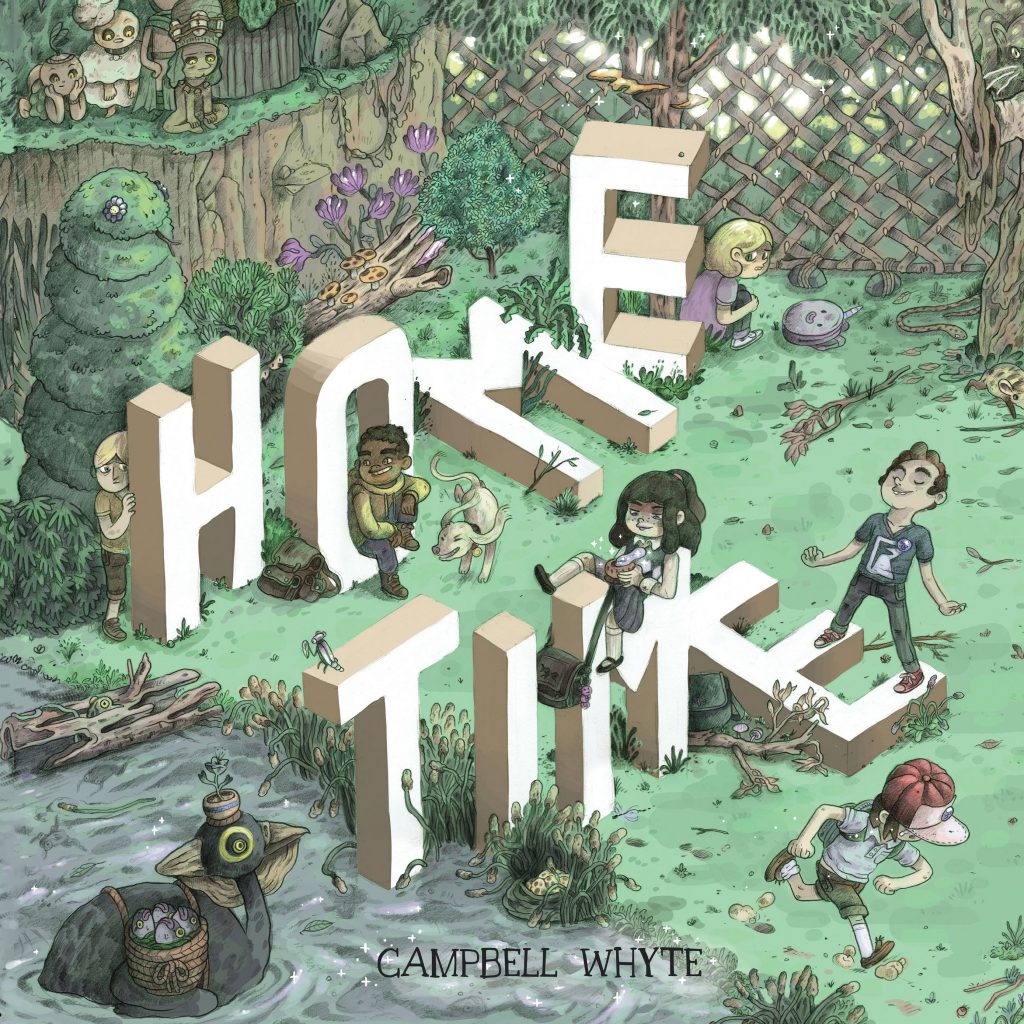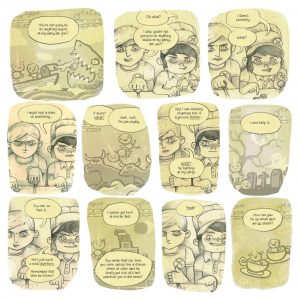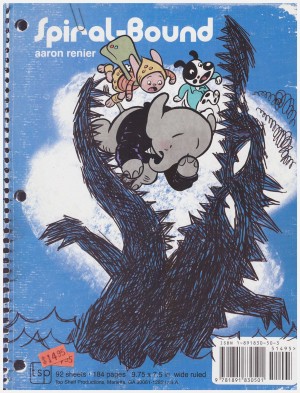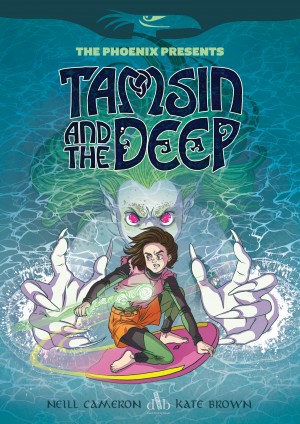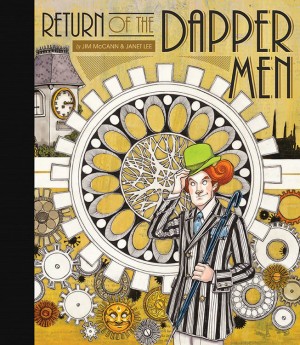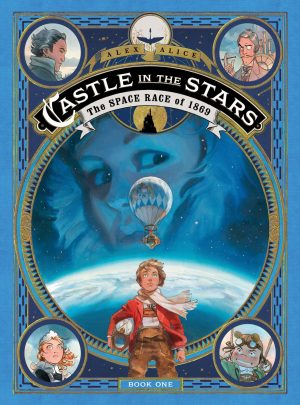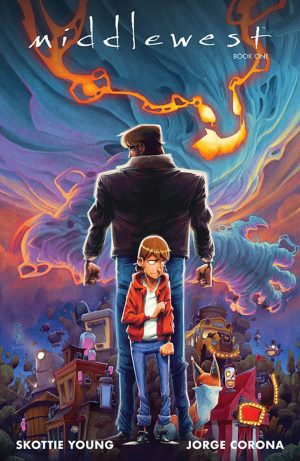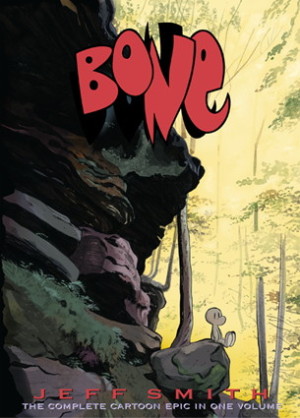Review by Frank Plowright
Spoilers in review
It’s the final day of primary school for six kids, and Campbell Whyte spends the first forty pages of Home Time in leisurely fashion ensuring we come to know them well: the dreamer Laurence, the jock wannabe David, Lily who loves her pets, the asthmatic and timid Amanda, the adventurous Ben and Nathan. We need to know them for the point where everything changes. It’s a big surprise, and a shame to ruin it, but most of the book occurs well away from the safe environment the children are used to. Don’t want to know? Don’t read beyond the second paragraph.
Home Time’s not quite a coming of age story, the children involved being a little too young for one thing, but they’re certainly thrown into circumstances where they learn more about each other and themselves than they ever considered they would. These changes are signified by Whyte beginning the book in muted single shades and gradually increasing his palette until the colours are bright and vivid by the end of the book. Beyond the colour Whyte uses several other devices to sustain the attention, varying the artistic style, sometimes for a few panels, other times for an entire chapter, such as Nathan’s adventure pixelated as if a video game. These different approaches reflect the characters. His natural depictions aren’t too far removed from the work of Dave Cooper, and for the most part this isn’t a glamorous cast.
The writing deliberately channels children’s adventure novels, and the big transition occurs when a bridge collapses beneath the cast, dumping them into the river. Except when they wake up they’re in the Forest of the Peaches, and the slightly smaller than human inhabitants, who call themselves the Peaches, need help from the spirits. These people are, well, spiritual and optimistic, and in many ways theirs is an idyllic existence. They respect nature, and are grateful for what it provides,
In the spirit of the children’s stories that inspired Home Time, Whyte cuts away from the story to provide background. It’s not essential, for instance, to know how the tree house is constructed and exactly what it provides, but the spread providing that information will delight enquiring minds. This spirit of discovery extends to the remainder of the book, in which unanswerable, but thought provoking questions are asked, and to the art with strange plants, vistas and creatures constantly engaging. As Under the River continues it becomes apparent why Whyte spent what might have seemed more space than necessary establishing distinct characters for each of the children. These are adapted for the roles they’re expected to adopt, and each of them is assigned a chapter exploring their reactions to the new world.
This is a dense and engrossing read, with Whyte, in a subtle manner, introducing many sub-plots, few of which are resolved by the cliffhanger ending to drag us toward a continuation still some while away. Don’t let that put you off. There’s a great imagination at play here and more than enough content to make this worth reading on its own.
